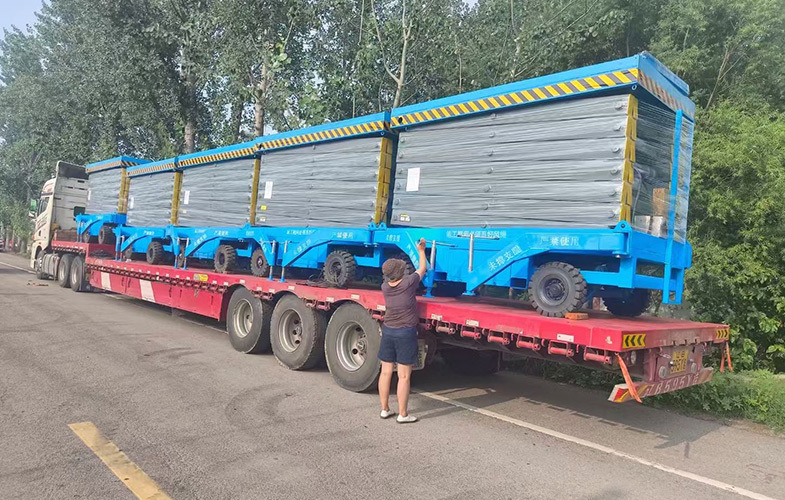Understanding Self-Propelled Scissor Lifts: Revolutionizing Aerial Work Solutions
Jul 23,2025

Self-propelled scissor lifts are sophisticated aerial work platforms designed to elevate personnel and equipment to significant heights safely and efficiently. Unlike traditional lifts that require external power sources or manual pushing, these lifts are equipped with their own drive systems, allowing them to navigate various terrains and job sites with ease. Their design typically features a crisscross pattern of interlocking arms, which, when raised, create a stable platform for workers.
One of the primary benefits of self-propelled scissor lifts is their versatility. They are available in various sizes and weight capacities, enabling them to accommodate different job requirements, whether in indoor environments like warehouses or outdoor construction sites. In addition, their compact design makes them ideal for navigating tight spaces where larger equipment cannot fit.
Safety is a paramount concern in any construction or maintenance task. Self-propelled scissor lifts come equipped with safety features such as guardrails, emergency stop buttons, and tilt sensors, which help prevent accidents and ensure the well-being of personnel. Operators are trained to understand these safety mechanisms, reinforcing the importance of adhering to safety protocols while using such equipment.
Moreover, self-propelled scissor lifts enhance efficiency. The ability to move these lifts quickly and easily from one location to another reduces downtime, allowing workers to focus on their tasks without unnecessary delays. Their height capabilities enable access to hard-to-reach areas, minimizing the need for scaffolding or ladders, which can be time-consuming to set up and dismantle.
When considering a self-propelled scissor lift for your project, it is crucial to evaluate the lift’s specifications thoroughly. Factors such as maximum working height, platform capacity, and operational environment play significant roles in determining the most suitable model for your needs. Additionally, understanding the lift's power source—whether electric or diesel—can impact its operational efficiency and suitability for specific tasks.
In summary, self-propelled scissor lifts serve as invaluable assets in the construction and engineering sectors. Their portability, safety features, and operational efficiency make them ideal for various high-altitude tasks. As industries continue to prioritize safety and productivity, these lifts will undoubtedly play a critical role in shaping the future of aerial work solutions.
One of the primary benefits of self-propelled scissor lifts is their versatility. They are available in various sizes and weight capacities, enabling them to accommodate different job requirements, whether in indoor environments like warehouses or outdoor construction sites. In addition, their compact design makes them ideal for navigating tight spaces where larger equipment cannot fit.
Safety is a paramount concern in any construction or maintenance task. Self-propelled scissor lifts come equipped with safety features such as guardrails, emergency stop buttons, and tilt sensors, which help prevent accidents and ensure the well-being of personnel. Operators are trained to understand these safety mechanisms, reinforcing the importance of adhering to safety protocols while using such equipment.
Moreover, self-propelled scissor lifts enhance efficiency. The ability to move these lifts quickly and easily from one location to another reduces downtime, allowing workers to focus on their tasks without unnecessary delays. Their height capabilities enable access to hard-to-reach areas, minimizing the need for scaffolding or ladders, which can be time-consuming to set up and dismantle.
When considering a self-propelled scissor lift for your project, it is crucial to evaluate the lift’s specifications thoroughly. Factors such as maximum working height, platform capacity, and operational environment play significant roles in determining the most suitable model for your needs. Additionally, understanding the lift's power source—whether electric or diesel—can impact its operational efficiency and suitability for specific tasks.
In summary, self-propelled scissor lifts serve as invaluable assets in the construction and engineering sectors. Their portability, safety features, and operational efficiency make them ideal for various high-altitude tasks. As industries continue to prioritize safety and productivity, these lifts will undoubtedly play a critical role in shaping the future of aerial work solutions.
PREVIOUS:







